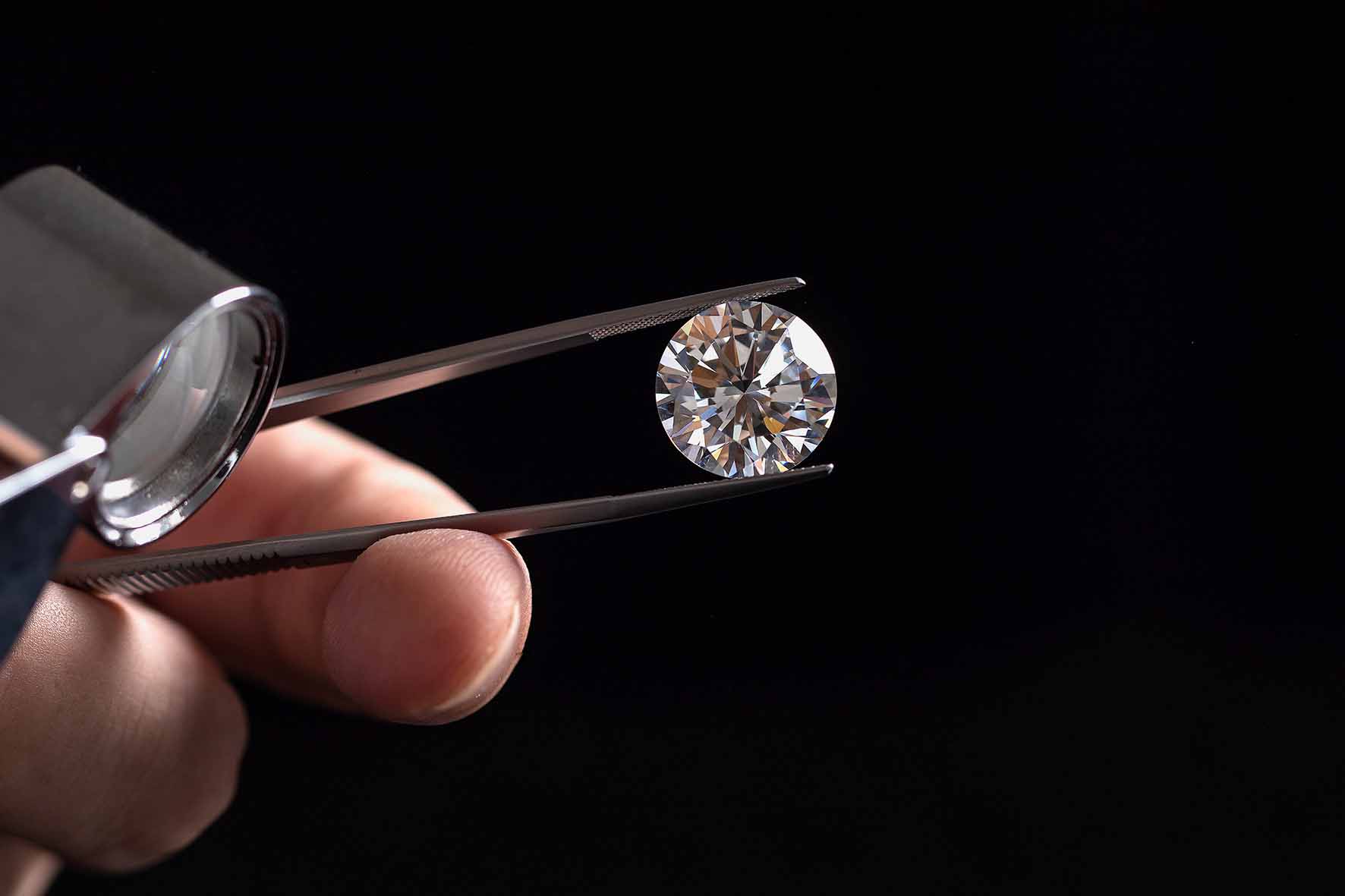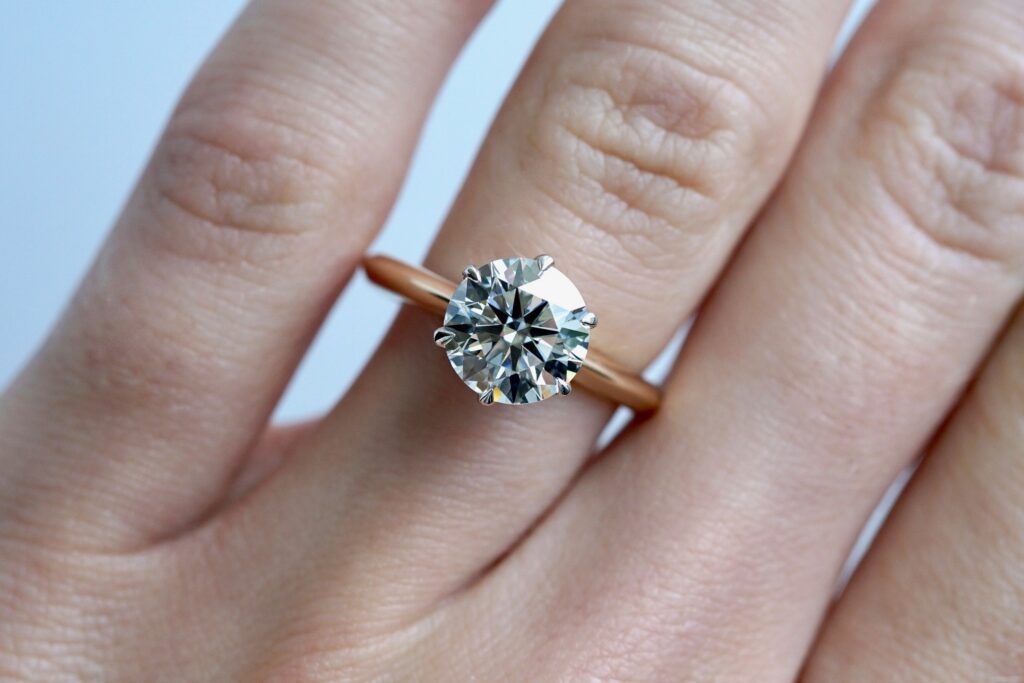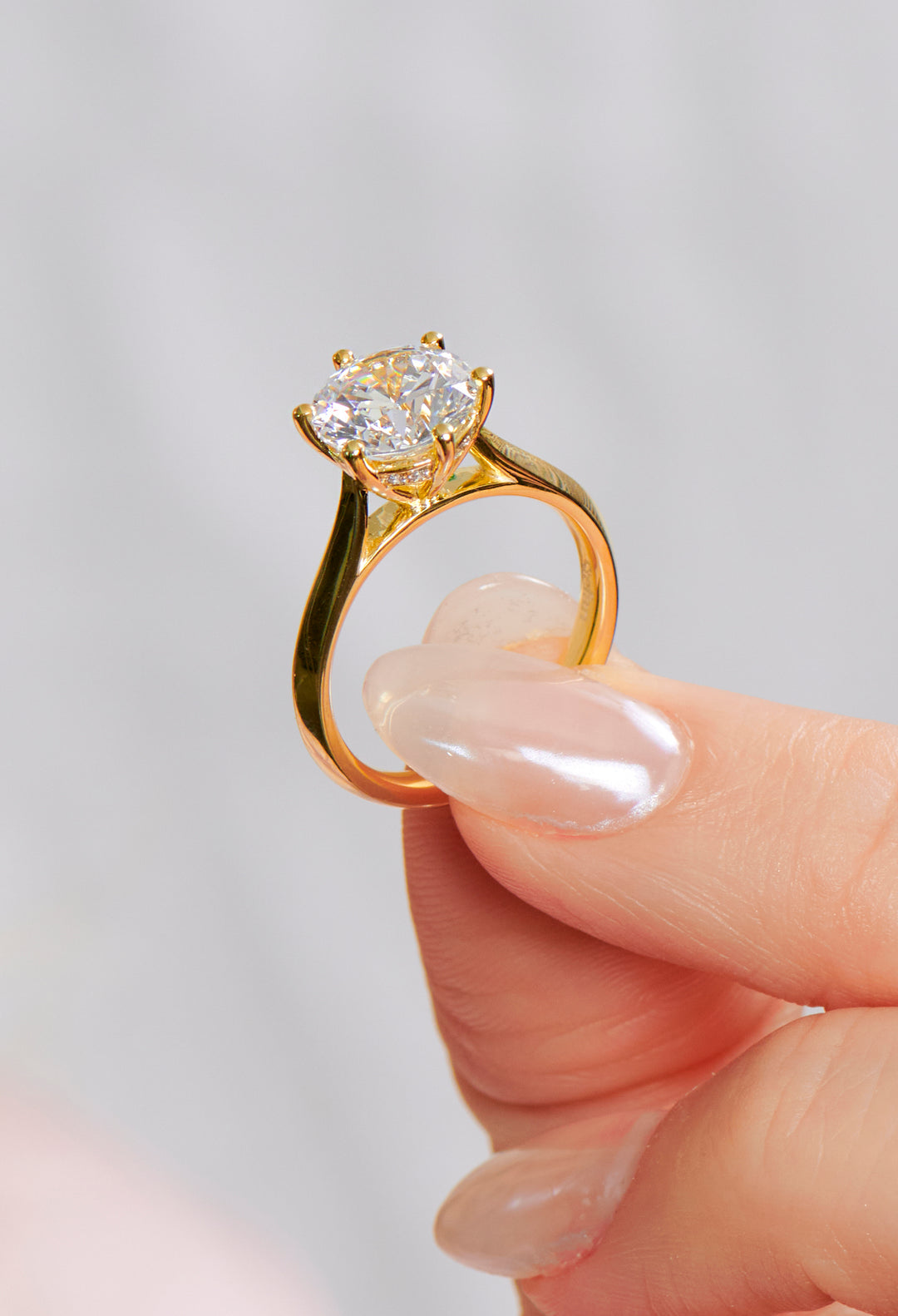Diamantes Éticos de Laboratorio: A Sustainable Sparkle

Table of Contents
Introduction
In recent years, the sparkling allure of diamonds has been illuminated by a new source – the lab. With advancements in technology and growing ethical and environmental concerns, lab-grown diamonds have emerged as a sparkling alternative to their natural counterparts. But what exactly are these “diamantes éticos de laboratorio” and why are they causing such a stir in the jewelry industry?
Benefits of Lab-Grown Diamonds
Ethical Considerations
One of the primary driving forces behind the rise of lab-grown diamonds is their ethical production process. Unlike traditional mining, which often involves exploitative labor practices and contributes to conflict zones, lab-grown diamonds are created in controlled environments, ensuring ethical standards are upheld throughout production.
Environmental Impact
In addition to ethical concerns, lab-grown diamonds boast a significantly lower environmental footprint compared to mined diamonds. The extraction and processing of natural diamonds require extensive land disruption and energy consumption, whereas lab-grown diamonds are cultivated in laboratories, minimizing ecological damage and carbon emissions.
Quality and Affordability
Contrary to common misconceptions, lab-grown diamonds are not mere imitations; they possess the same chemical and physical properties as natural diamonds. In fact, many argue that lab-grown diamonds exhibit higher clarity and purity levels, making them a desirable choice for conscientious consumers. Moreover, lab-grown diamonds often come with a lower price tag, offering affordability without compromising on quality.
How Lab-Grown Diamonds are Made
Lab-grown diamonds are crafted through two primary methods: high-pressure, high-temperature (HPHT) and chemical vapor deposition (CVD). In the HPHT method, a diamond seed is subjected to extreme pressure and heat, replicating the natural conditions under which diamonds form. On the other hand, the CVD method involves the deposition of carbon atoms onto a substrate, resulting in the growth of a diamond crystal.
Comparison with Natural Diamonds
Physical Properties
While lab-grown diamonds share identical chemical compositions with natural diamonds, there are subtle differences in their crystal structures that experts can discern. However, these variances are often negligible to the untrained eye, making lab-grown diamonds virtually indistinguishable from their natural counterparts.
Cost-Effectiveness
One of the most significant advantages of lab-grown diamonds is their cost-effectiveness. Since they bypass the lengthy and resource-intensive mining process, lab diamonds are typically priced lower than natural diamonds, making them an attractive option for budget-conscious shoppers.
Environmental Impact
From an environmental standpoint, lab-grown diamonds shine brightly. By circumventing the need for mining, these diamonds eliminate the ecological disturbances associated with traditional diamond extraction, preserving fragile ecosystems and reducing carbon emissions.
Consumer Awareness and Acceptance
Education and Transparency
As awareness of lab-grown diamonds grows, so too does consumer demand for transparency within the jewelry industry. Educating consumers about the differences between lab-grown and natural diamonds is crucial in fostering trust and confidence in these sustainable alternatives. Transparent labeling and certification further enhance consumer awareness, enabling informed purchasing decisions.
Shifting Consumer Preferences
With sustainability becoming a key consideration for modern consumers, the demand for ethically sourced products continues to rise. Lab-grown diamonds cater to this shifting paradigm, offering a guilt-free alternative to traditional diamonds without compromising on quality or aesthetics. As sustainability becomes increasingly intertwined with luxury, lab-grown diamonds are poised to become the new standard of ethical elegance.
Future Trends in Lab-Grown Diamonds
Technological Advancements
As technology continues to evolve, so too do the capabilities of lab-grown diamond production. Innovations in manufacturing processes and materials science are driving the development of larger, higher-quality lab-grown diamonds, further bridging the gap between natural and synthetic gems.
Market Growth and Acceptance
The burgeoning market for lab-grown diamonds reflects a broader societal shift towards sustainability and ethical consumption. With major retailers and jewelry brands embracing lab-grown diamonds, their mainstream acceptance is all but assured. As consumer preferences continue to align with environmental and ethical values, lab-grown diamonds are positioned for exponential growth in the years to come.
Conclusion
In the realm of fine jewelry, diamonds have long been revered for their timeless beauty and enduring value. However, the traditional diamond industry is not without its flaws, from ethical concerns surrounding mining practices to environmental degradation. Lab-grown diamonds offer a compelling solution to these challenges, providing consumers with ethically sourced, environmentally friendly alternatives that rival their natural counterparts in quality and allure. As awareness spreads and technology advances, the era of “diamantes éticos de laboratorio” is poised to shine ever brighter, illuminating a more sustainable path forward for the jewelry industry.







